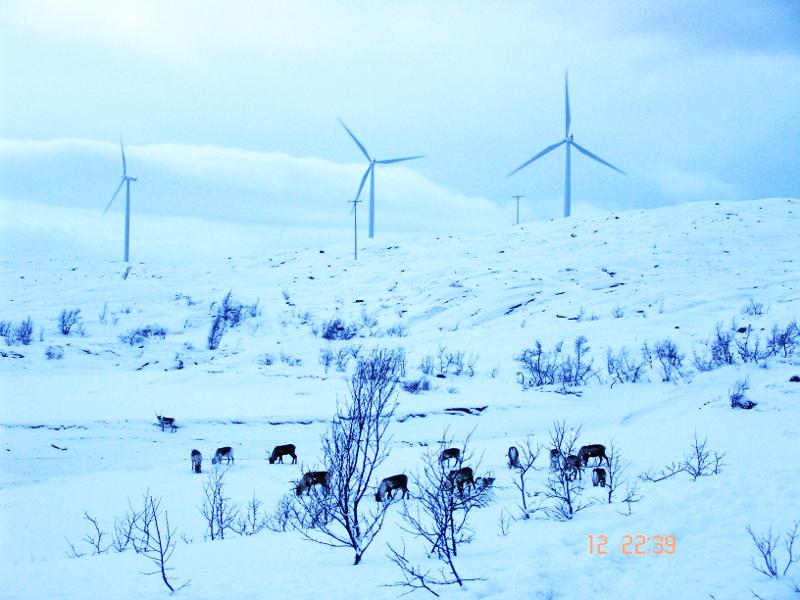Indigenous Peoples Participation in Decision Making
Indigenous Peoples voices in renewable energy projects - comparing Norway and Canada

The overarching goal of this PhD project is to contribute to the bigger discussion on the depth of indigenous peoples' self-determination. Specifically, the project aims to examine the level and impact of indigenous people's participation in renewable energy projects in Norway and Canada. Both Norway and Canada are held as states with high democratic standards, and how they incorporate indigenous peoples in decision-making is imperative to investigate and compare. The project also fulfils one of UiT’s strategic focuses of indigenous peoples' participation in the sustainable management of resources.
In wind power projects, just like other industrial development, Impact Assessments are the vehicle through which decisions are carried out. Over time, Impact Assessments have served as a tool to estimate the potential risks of a project and offer mitigation to assuage any environmental calamity. Indigenous peoples have often pointed to power imbalance within the process. In Norway, impact assessment procedures ensure the Saami are consulted to have the possibility to influence the process. However, different decisions from the Norwegian Water and Energy Directorate (NVE) involving Saami reindeer herders do not present a consistent picture. This situation is further complicated because the Impact Assessment process involves different parties with different interests, which sometimes conflict.
This study, therefore, aspires to provide insights into what happens behind the scenes during different wind energy consultation and negotiation processes. The project aims to culminate in the publication of three articles.
- The first will discuss the findings of the Kvalsund wind power case in the context of other wind energy decisions related to Saami Reindeer herding in Norway.
- The second article will examine, in detail, three different impact assessments of wind energy processes and analyze how inputs from indigenous peoples are reflected in the final decision by the NVE. This paper will also develop a theoretical framework for understanding indigenous peoples' influence on wind power projects in Norway.
- The third article is a cross-border comparison of Norway and Canada, looking at how the state and energy developers adhere to local and international law provisions on indigenous rights to participate in decision-making.
At the end of the PhD project, we would have shed light on Norway and Canada’s practices on the discourse of indigenous self-determination within the field of renewable energy licensing. This has become increasingly important to understand especially in the energy transition context. While other industrial projects, such as mining, are primarily seen as detrimental to the environment, renewable energy production, such as wind power, is interpreted in line with the global efforts to fight climate change. In these different cases, understanding different positions for wind power support or lack thereof is crucial for the discussions on just transition and indigenous peoples' voices.
Photo: Per-Arne Sundsbø